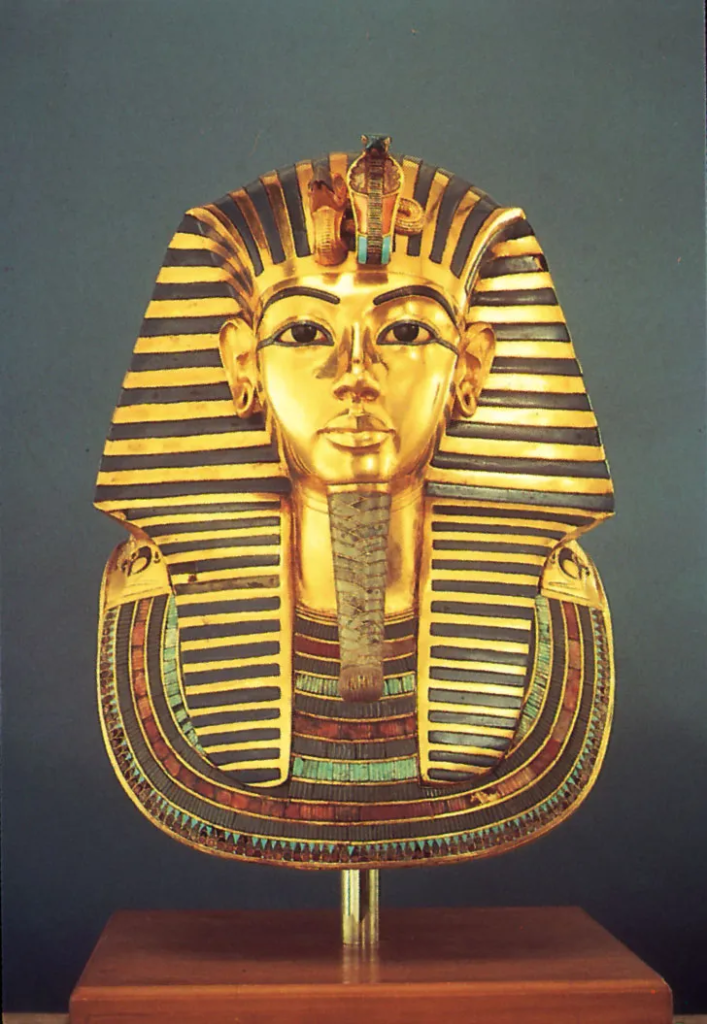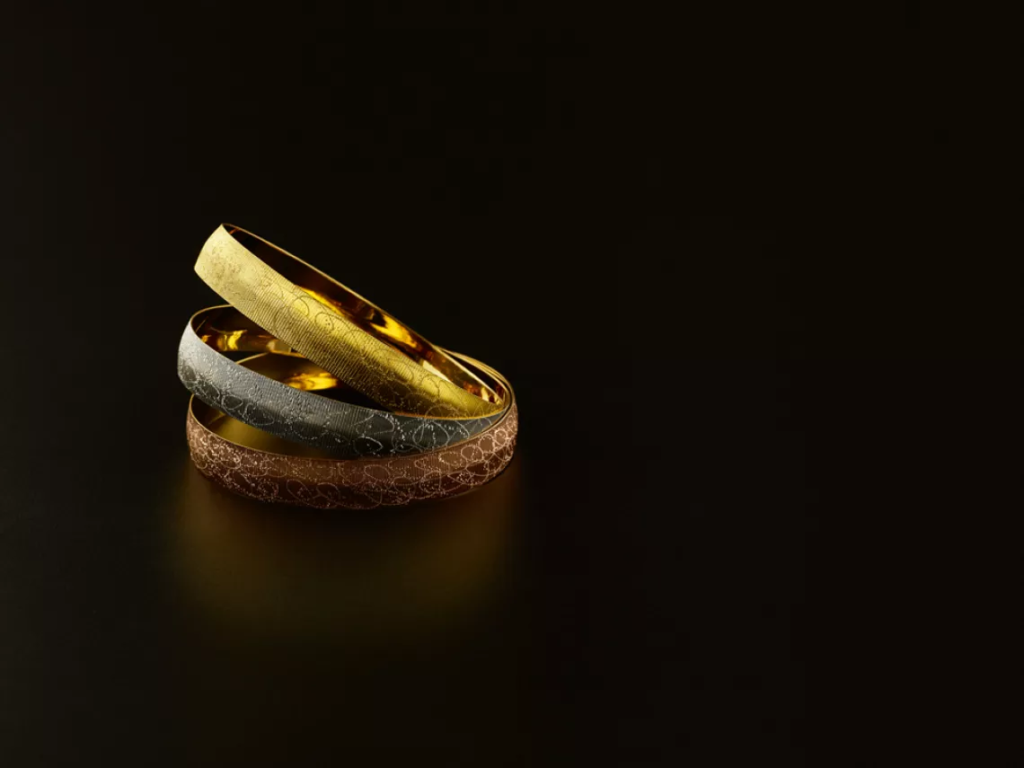
Often considered to be the first yellow metal discovered by humans, gold has occupied a central point in the history of man. The treatment of gold as a basis for currency in the last century alone is a subject that fills volumes. But in the early days, it was more about appearance than its value in trade.

A child finds a shiny rock in a creek, thousands of years ago. And the human race is introduced to gold for the first time. Gold was first discovered as shining, yellow nuggets. “Gold is where you find it,” so the saying goes. The metal was first discovered in its natural state, in streams all over the world. No doubt it was the first metal known to early hominids.
Gold was generally used for a couple thousand years solely to create things such as jewelry and idols for worship. This was until around 1500 BC when the ancient empire of Egypt. Which benefited greatly from its gold-bearing region, Nubia, made gold the first official medium of exchange for international trade.
Throughout history, gold has been treasured for its natural beauty and radiance. For this reason, many cultures have imagined gold to represent the sun. Yellow gold is still the most popular color, but gold is available in a diverse palette today.

History through decades
A monetary standard made the world economy possible. The concept of money, (i.e., gold and silver in standard weight and fineness coins) allowed the World’s economies to expand and prosper. During the Classic period of Greek and Roman rule in the western world. Gold and silver both flowed to India for spices, and to China for silk. At the height of the Empire (A.D. 98-160), Roman gold and silver coins reigned from Britain to North Africa and Egypt. Money had been invented. Its name was gold.
With the new coin-based system of currency came the establishment of the familiar “pounds,” “shillings” and “pence” with pounds being a pound of sterling silver. By 1284, about one hundred years later, Great Britain issued its first gold coin, the Florin. While across Europe in modern-day Italy, the Republic of Florence issued the first gold Ducat. Which soon became the most popular gold currency in the world and remained so for another five centuries.
In 1871, a new international gold standard began when England and Germany officially adopted the gold standard and by 1900 most developed nations had followed suit. The period from 1871 to 1914 was a fairly stable period in the world politically. Which enabled governments to work very well with each other in establishing a stable gold standard. It was the golden age of the gold standard. If you will, but it all came crashing down starting with World War I in 1914.

Downfall of Gold…..or not?
Gold began to serve as backing for paper-currency systems when they became widespread in the 19th century. From the 1870s until World War I the gold standard was the basis for the world’s currencies. Although gold’s official role in the international monetary system had come to an end by the 1970s. The metal remains a highly regarded reserve asset. Approximately 45 percent of all the world’s gold is held by governments and central banks for this purpose. Gold is still accepted by all nations as a medium of international payment.
The system drawn up fixed the dollar to gold at the existing parity of US$35 per ounce. While all other currencies had fixed, but adjustable, exchange rates to the dollar. Unlike the classical Gold Standard, capital controls were permitted to enable governments to stimulate their economies without suffering from financial market penalties.

Gold is still accepted everywhere as a medium of exchange. Every year some 2,700 tons of gold are made into jewelry–over 30 times more than platinum. The eccentric yellow metal is now the common household item all over the world. Ladies are specially in the investment of Gold and stuff. It is really expensive still vastly used metal in the universe.
